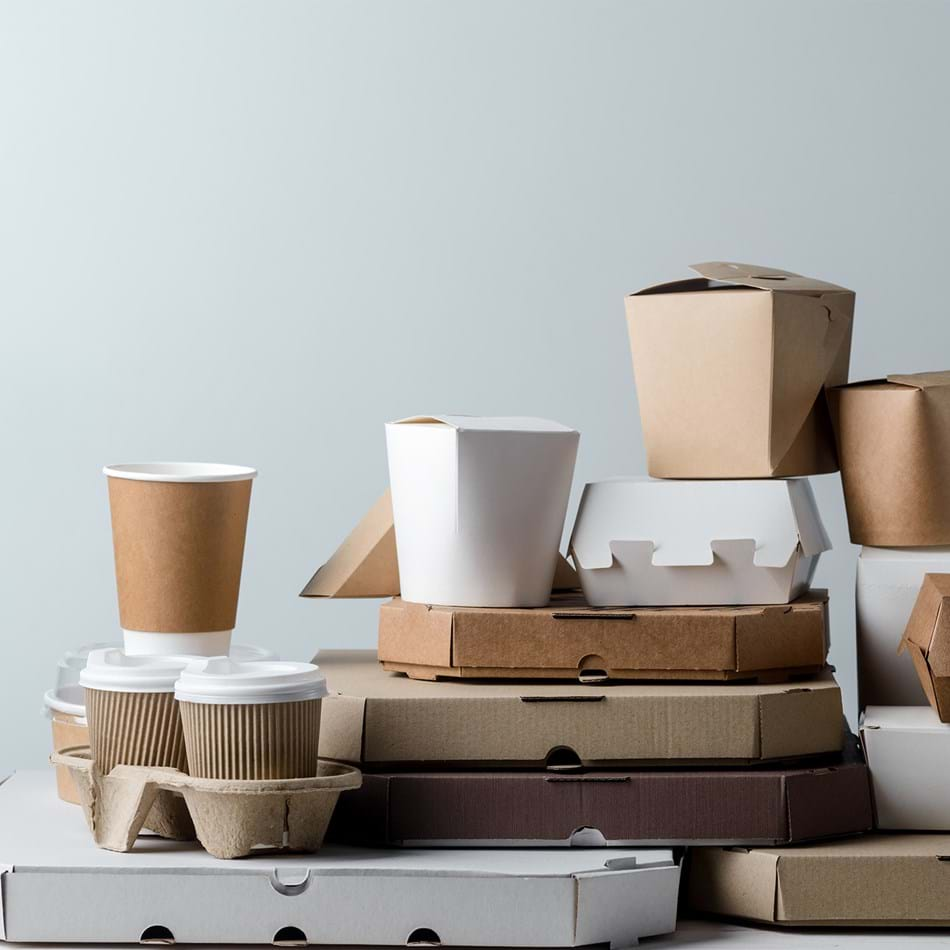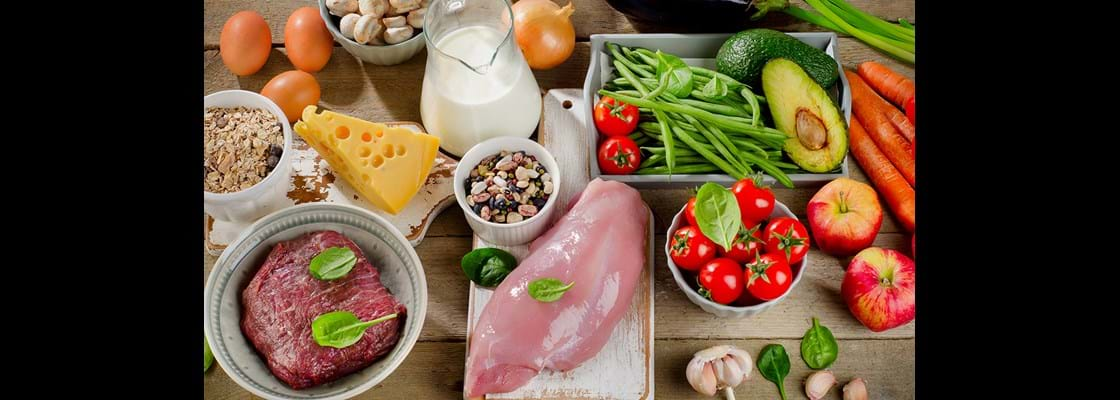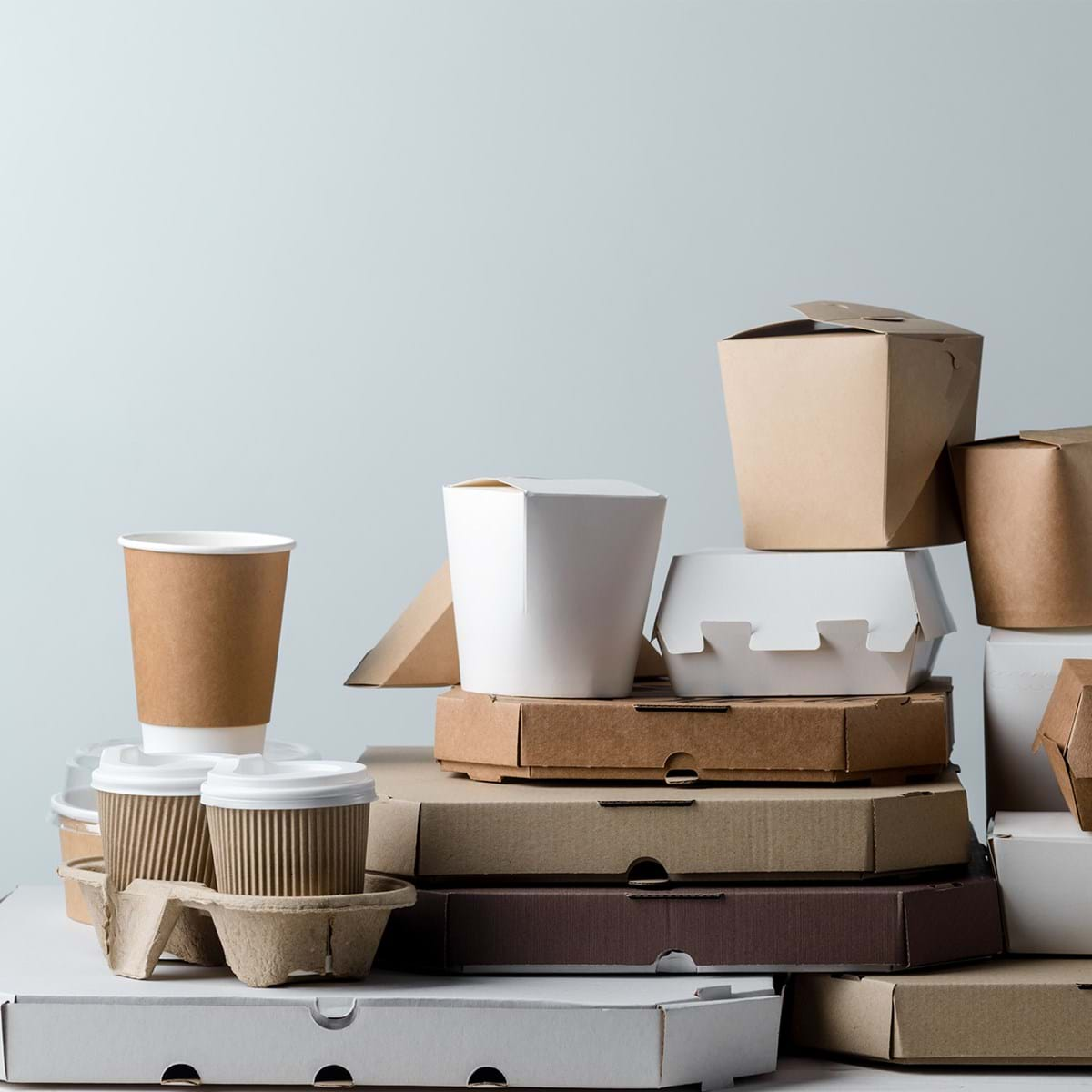There is a growing number of food service providers who deliver meal kits, vacuum-packed meals, and baskets of fresh, locally grown produce straight to the buyer’s door. However, there’s one key issue that keeps coming back: how to guarantee food freshness and safety for as long as possible. This is all the more important given that food deliveries are often left on the doorstep, sometimes in the sun and heat, until someone arrives to take them inside.
The online food delivery Market could reach US$200 billion by 2025. Weeks, even months can go by between the time food is harvested and eaten. Millennials accustomed to a fast-paced lifestyle are turning in ever-growing numbers to the convenience of home food delivery. The most critical link in the perishable foods delivery chain is the last one, between the supermarket or meal provider and the consumer’s home. Delivery boxes often contain a variety of foods that may not share the same optimal storage temperatures. For the consumer, it’s important that perishables stay cool during transport so that bacteria can’t develop. If a problem occurs, it’s the delivery company that takes the blame, but a bad experience can also generate bad publicity for the supermarket, restaurant, or meal service provider supplying the food. In our social media age, news of even the slightest misstep is quick to spread.

An optimal solution would allow all stakeholders (the merchant, the deliverer company, and the consumer) to confirm the integrity of the cold chain at every step in order to guarantee product freshness and avoid health risks. However, many companies are reluctant to go this route for fear of having to charge more for delivery. For now, hot and cold foods are delivered to consumers in insulated boxes, but with no real means of control.
But what if we told you that monitoring food temperatures with a smart box could be easier and cheaper than you think?
With the rapid development of printed electronics technology, it’s now possible to incorporate electronic components into mass-produced connected labels that transform ordinary boxes into smart objects.
At INO, our experts have developed processes for printing temperature and humidity sensors crucial for monitoring cold chain integrity. INO is currently working on an eco-friendly technology that replaces silicon with carbon and uses smaller quantities of silver and heavy metals than conventional circuits.
Working in a development and partnership context, INO makes its sensor printing processes available to developers, integrators, and manufacturers of integrated electronic solutions in the form of technology transfers.
Are you interested in taking your cold chain to the next level with the Internet of Things? Let our experts help you develop a solution custom tailored to your production requirements and your needs and challenges. You’ll see—you could create delivery boxes with built-in food monitoring capabilities faster than you think!




